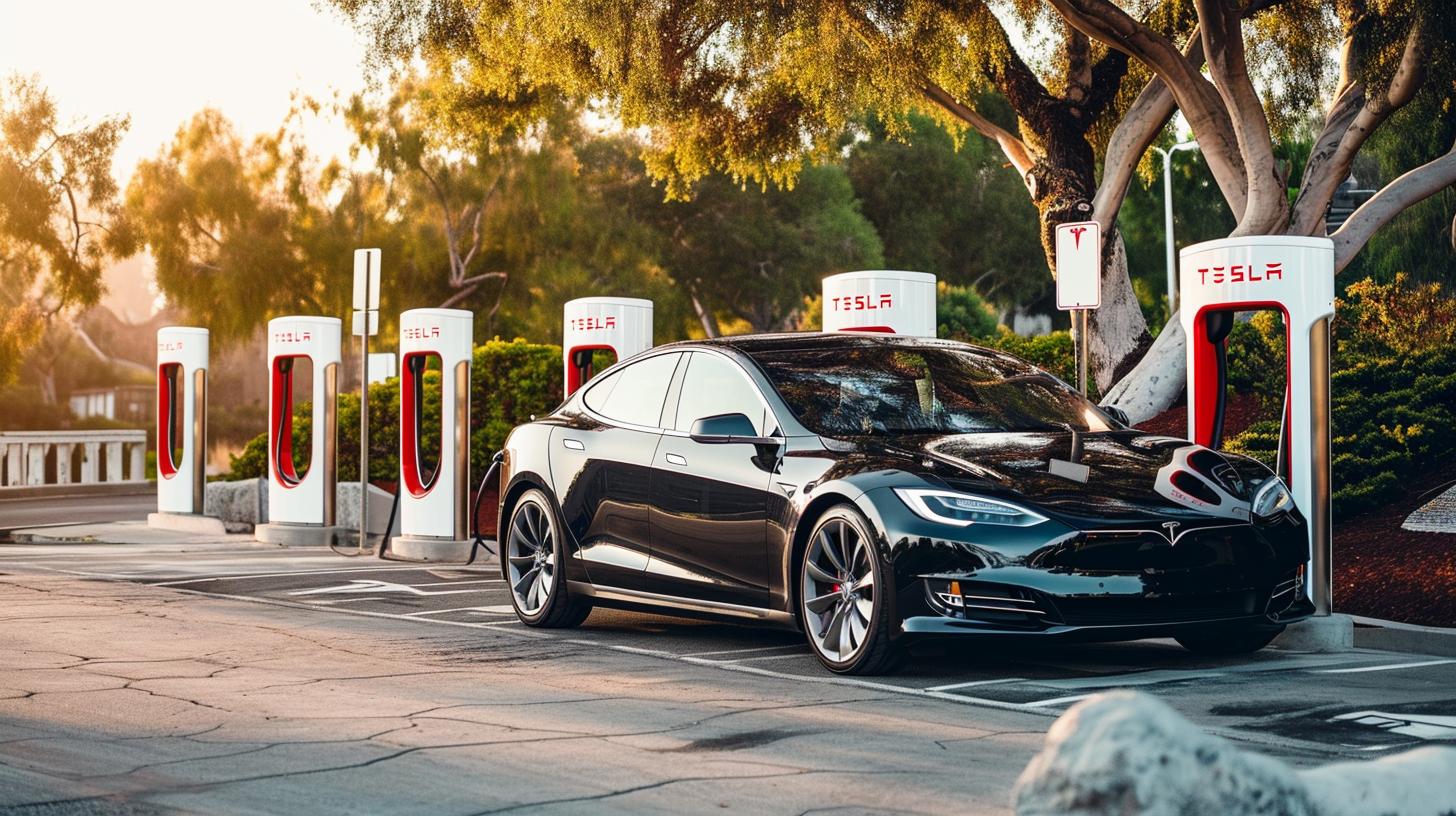===INTRO: The Importance of Charging Infrastructure for Electric Vehicles ===
Charging infrastructure is a critical component in the widespread adoption of electric vehicles (EVs). Without a reliable and accessible network of charging stations, EV owners may face range anxiety and limited mobility. In recent years, both Tesla Superchargers and Electric Vehicle (EV) charging networks have emerged as major players in the charging infrastructure market. This article will compare the strengths, weaknesses, and overall charging capabilities of Tesla Superchargers and EV charging networks to analyze their impact on the EV industry.
===Tesla Supercharger’s Strengths and Weaknesses ===
Tesla Superchargers have been one of the most prominent and successful charging infrastructure projects, primarily serving Tesla owners. One of their key strengths is their rapid charging capability, which enables Tesla vehicles to charge up to 80% in as little as 30 minutes. Additionally, Tesla Superchargers are strategically located along major highways, making long-distance travel more convenient for Tesla owners. However, a major weakness of the Tesla Supercharger network is its exclusivity to Tesla vehicles. This limitation restricts access to non-Tesla EV owners, hindering the overall growth and adoption of EVs.
===Electric Vehicle Charging Networks: An Overview ===
Electric Vehicle charging networks, on the other hand, are open to all EV owners, regardless of the brand. These networks consist of multiple charging stations owned by different companies or organizations. Some of the well-known charging networks include ChargePoint, EVgo, and Electrify America. The main advantage of these networks is their inclusivity, allowing EV owners to charge their vehicles regardless of the make or model. However, a potential drawback is the inconsistency in charging speeds and the availability of charging stations, which can vary depending on the network and location.
===Comparing the Charging Infrastructure of Tesla Superchargers and EV Charging Networks ===
When comparing the charging infrastructure of Tesla Superchargers and EV charging networks, certain factors come into play. Tesla Superchargers offer faster charging speeds and a more extensive network, specifically designed to meet the needs of Tesla owners. However, the exclusivity limits their impact on the wider EV market. On the other hand, EV charging networks provide a more inclusive solution, offering charging stations for all EV owners. However, the charging speeds and availability of stations may vary depending on the network and location.
===SWOT Analysis: Examining the Strengths, Weaknesses, Opportunities, and Threats ===
A SWOT (Strengths, Weaknesses, Opportunities, and Threats) analysis can provide a comprehensive view of the charging infrastructure. Tesla Superchargers’ strengths lie in their rapid charging capability and strategic locations, enabling long-distance travel for Tesla owners. However, their exclusivity limits their potential market share. EV charging networks have the advantage of inclusivity, but they may face challenges in maintaining consistent charging speeds and availability. Opportunities for both systems lie in expanding their networks and improving charging speeds. External threats include potential competition from new entrants and the need for significant investment in infrastructure development.
===OUTRO: The Future of Charging Infrastructure ===
As the demand for EVs continues to grow, the charging infrastructure must keep pace. While Tesla Superchargers and EV charging networks have their respective strengths and weaknesses, a combination of both models could offer the most comprehensive charging solution. Collaboration between Tesla and other charging network operators could help bridge the gaps and create a seamless and inclusive charging experience for all EV owners. Ultimately, a robust and accessible charging infrastructure will be vital in driving the mass adoption of electric vehicles and reducing our dependence on fossil fuels.













